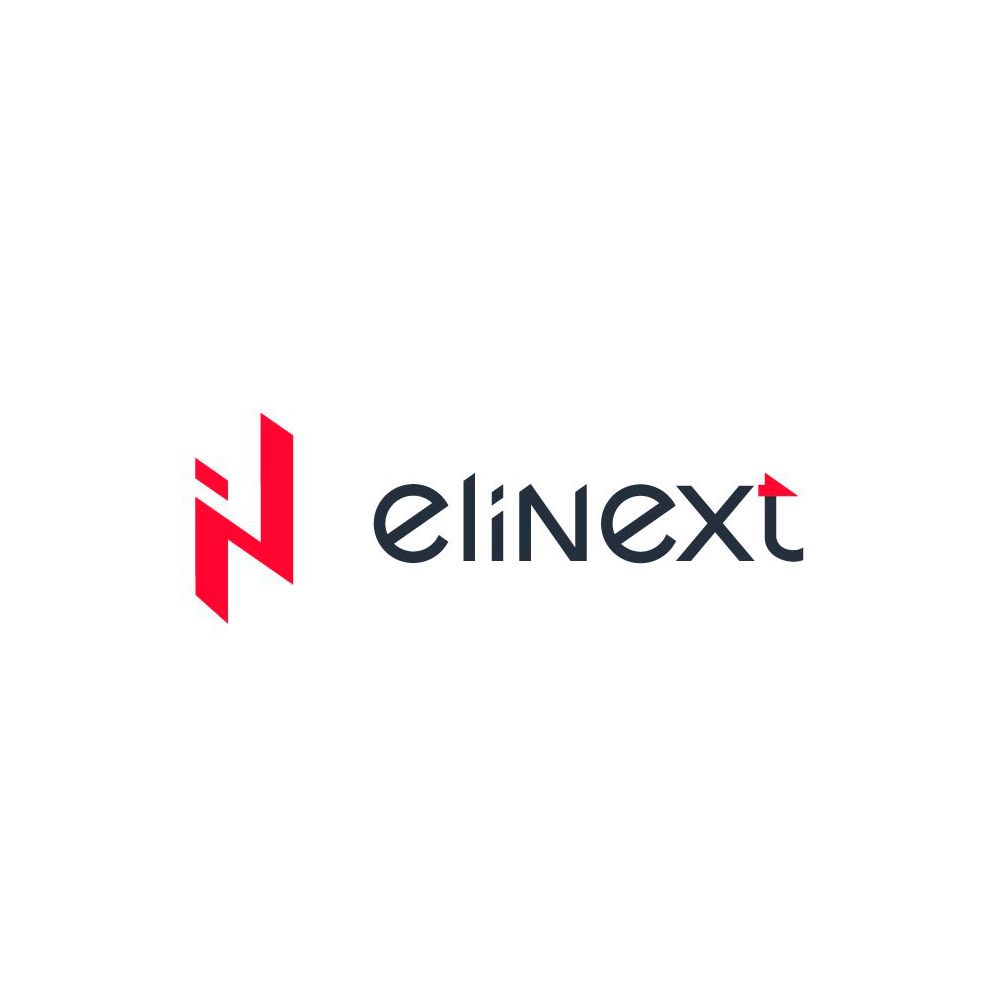270 reads
Low-Code vs No-Code: A Buzzword Battle for the Ages
by
September 21st, 2021
Audio Presented by

A software development company created a long ago (1997) far away (Belarus and Vietnam). Here to share some insights.
About Author
A software development company created a long ago (1997) far away (Belarus and Vietnam). Here to share some insights.